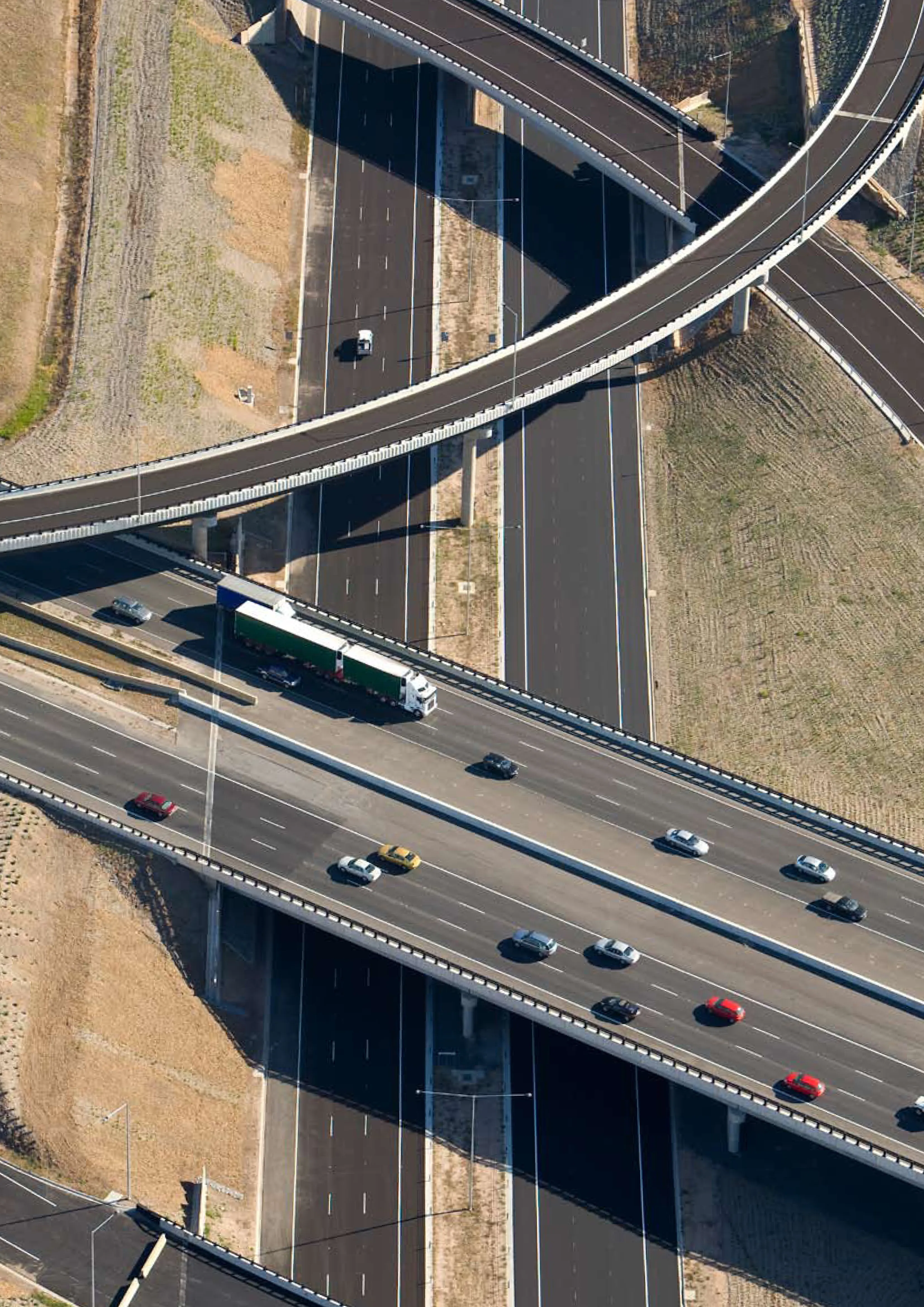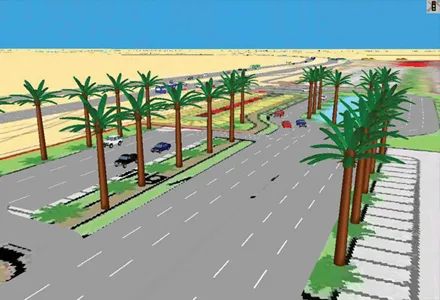Predictions of impending doom for Australia's roads infrastructure have given the nation's governments and roads stakeholders the fright they needed to collaborate on roads policy. If the latest initiatives Australia is putting in place do produce the full extent of the roads reform required, there will be some lessons there for the whole world Whether through pride or stubbornness, or a combination of both, each state and territory of Australia has always liked to do things its own way. To some extent and
August 2, 2012
Read time: 6 mins

Predictions of impending doom for Australia's roads infrastructure have given the nation's governments and roads stakeholders the fright they needed to collaborate on roads policy. If the latest initiatives Australia is putting in place do produce the full extent of the roads reform required, there will be some lessons there for the whole world
Whether through pride or stubbornness, or a combination of both, each state and territory of Australia has always liked to do things its own way. To some extent and in some matters, such autonomies have been justifiable because of wide variations in population distribution and diversities of geography and weather over a large country. However the extent of such autonomies in management of the country's roads infrastructure has never been justifiable.The situation is about to change, fortunately and dramatically.
Historically Australia's federal government has directly funded construction and maintenance of Australia's National Highway. The government has also directly part funded other, nominated major roads. Funding has also been made each year to the states and territories for their respective roads management and for further distribution to local governments for their own roads. Interestingly, in many instances there has never been any absolute obligation for the federal government's road funding distributions to be spent on roads anyway.
Funding has always been on a year-by-year basis, causing ongoing uncertainty about future funding levels and impeding long-term planning.
Disputes have commonly occurred between the various bodies over the level of funding, the division of responsibility for roads and which roads should be funded.
In the lead up to funding allocations each year, the line up of states and territories looking for their "fair" share has been about as orderly as pigs at a feed trough.
Report after report over the past decade has warned of the impending consequences of not taking a more holistic, systematic and structured approach, not just to management of roads, but to management of infrastructure as a whole in Australia.
Nick Dimopoulos, CEO of Australia's National Transport Commission (NTC), summed things up nicely during a national roads summit in Sydney earlier this year, when he said: "Tinkering with bits of the road and rail system is no longer good enough. Our thinking needs to focus on lifting the performance of the national transport system as a whole." With the election of the new, Rudd government in November 2007 came promises of change to the status quo. In Australia, election promises haven't always been delivered. However, in this case there is hope and more than usual expectation that what has been promised really will be delivered.
It was the handing down of the new government's first budget in May this year that raised the hopes.
In among commitments to spend dramatically more on the country's roads and rail was a budget allocation of A$20 million over four years to a new body, Infrastructure Australia (IA). The eleven members of IA include representatives of the private sector and the three tiers of government. Their commission is to develop a strategic blueprint for the nation's future infrastructure needs and, in partnership with the states, territories, local government and the private sector, facilitate its implementation. In addition, the body will develop best practice guidelines for Public Private Partnerships (PPPs) and determine the investment priorities, policies and regulatory reforms necessary for timely and coordinated infrastructure investment.
However, the most important task facing IA in the short term is to undertake a national audit of all nationally significant infrastructures. The audit will establish an Infrastructure Priority List designed to best direct the future directions for the billions of dollars of public and private investment.
Some pundits believe that as "yet another government committee", IA and its work will make little difference, and yes, the extent of any such "difference" does remain to be seen. However, the move to take a national view of the country's infrastructure and to set some national priorities in its management can only be a good thing.
The May budget also committed the government to allocating a relatively huge $3.2 billion to roads and rail projects in 2008-2009, including $560 million worth of projects that weren't scheduled to commence until 2009-10.
In addition the budget promised an immediate injection of $75 million to allow the states to undertake a series of extensive studies into landmark projects. On top of this federal contribution, the states agreed to kick in a further $57.5 million to the studies.
To the general public, the content of the budget and the formation of IA have been the harbingers of upcoming roads policy reform in Australia. However much of the momentum of reform was in motion a little earlier. The cementing of ideas started in February at a meeting of the Australian Transport Council. [The council comprises Commonwealth, state, territory and New Zealand ministers responsible for transport, roads and marine and ports issues.] At the meeting, the chairman of the NTC pointed the way ahead, tabling a National Transport Plan and Policy Framework that called for a national approach to transport policy.
The proposal was well received and, as the first step towards truly national reform, individual state ministers agreed to take responsibility for the following, specific aspects of a national transport policy:
- Economic Framework for Efficient Transportation Marketplace (the state of New South Wales);
- Infrastructure Planning and Investment (Victoria);
- Capacity Constraints and Supply Chain Performance (South Australia);
- Urban Congestion (Victoria);
- Climate Change, Environment and Energy (Western Australia);
- Safety and Security (Queensland);
- Strategic Research and Technology (Tasmania);
- Workforce Planning and Skills (Northern Territory);
- Social Inclusion (Australian Capital Territory); and
- Governance (Commonwealth).
All going to plan, one day soon we could see a minister from Victoria, for example, drafting policy aimed at reducing congestion in Sydney, New South Wales. State autonomies would have made the thought of that prospect laughable 12 months ago.
With the state governments on board and the Australian federal government having shown its commitment to change, the door has been opened for all stakeholders in all types of infrastructure to step up and push reform forward.
For roads stakeholders,
In response to comments from Federal Infrastructure and Transport Minister Anthony Albanese, supporting the concept of a body such as Roads Australia acting as a voice for all road stakeholders, Roads Australia President Ray Fisher said: "Roads Australia is seeking to encourage an open partnership between government and industry in policy development - in effect, industry and government working together as never before".
Clearly, the outcome of a government developing policy in collaboration with stakeholders will be better than when policy is drafted in isolation in some back room.
It's early days, and the extent to which Australia's infrastructure benefits from these reforms will not be measurable for years. However a platform is now in place on which, with collaboration, reform can be built. The path ahead is sure to be interesting.







